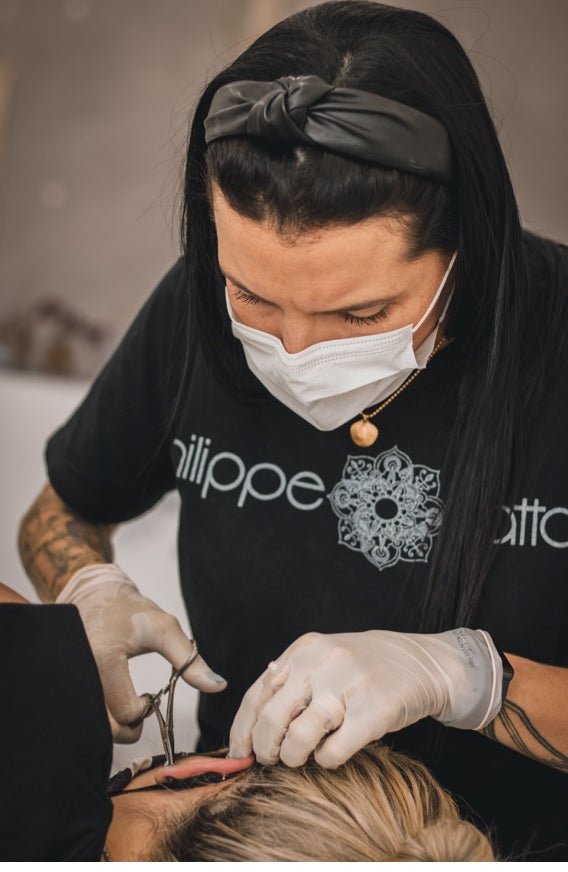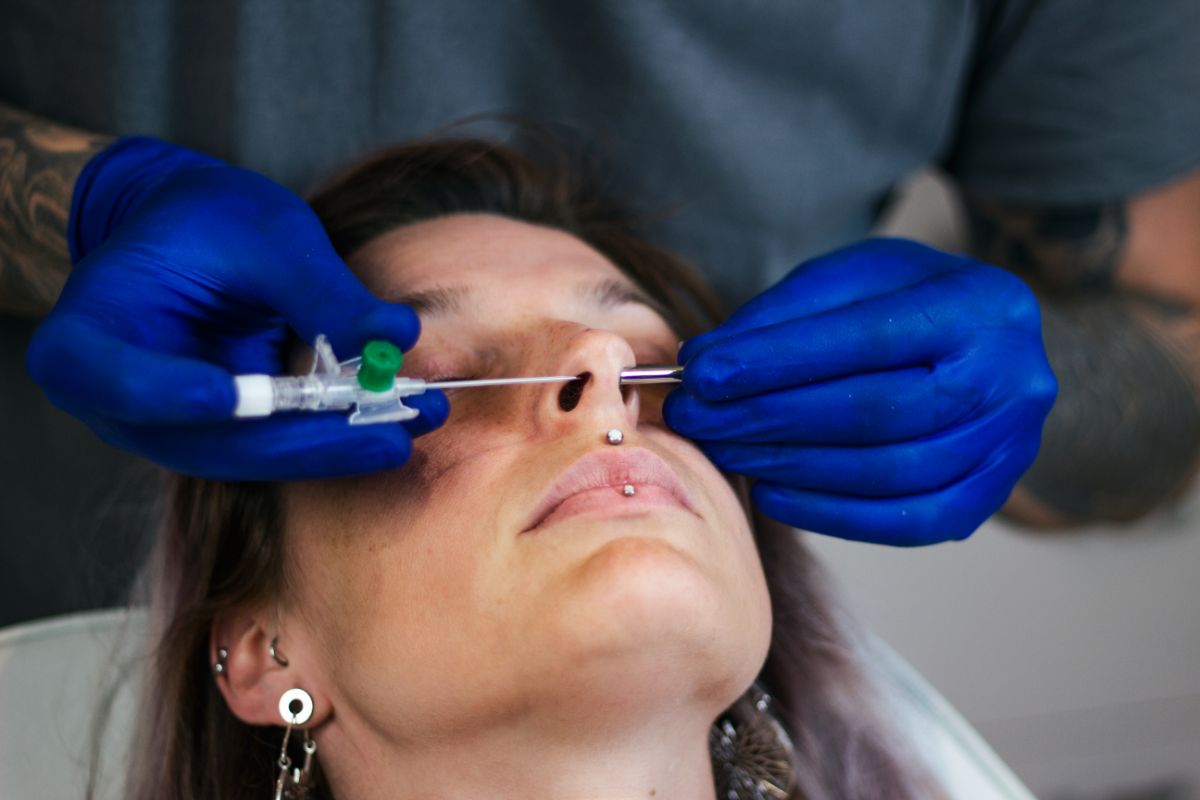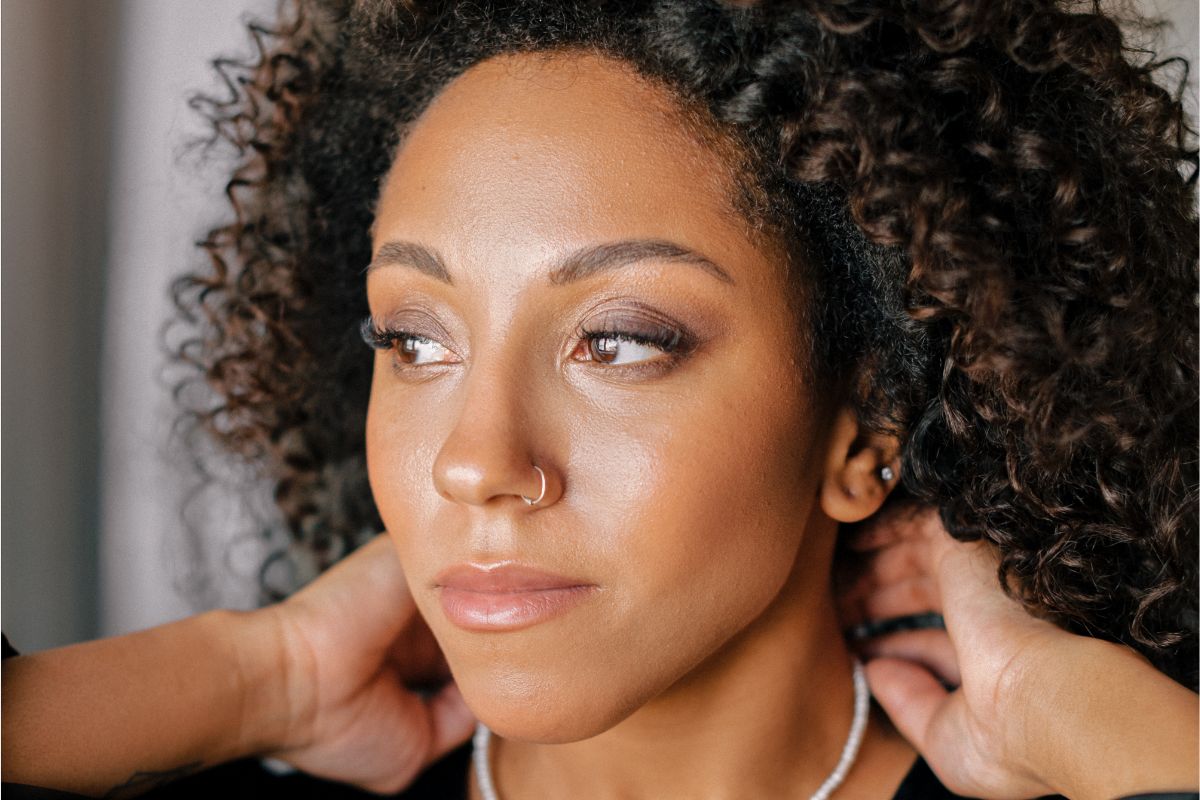How To Get Rid of Keloid on Industrial Piercing
Are you suffering from a keloid on your industrial piercing? If so, don't worry; you're not alone. This problem is surprisingly common, but there are ways to eliminate it. In this blog post, we'll discuss the causes of keloids on industrial piercings and offer tips for getting rid of them. Keep reading to learn more!
What is a keloid, and what are the symptoms if one forms on an industrial piercing?
A keloid is the excessive growth of scar tissue at a wound or injury site. Keloids can form after skin trauma, including piercings, burns, and cuts. They occur when the body over-produces collagen in response to an injury which may enlarge over time.
Industrial piercings are particularly prone to keloids because they puncture the delicate cartilage tissue. In addition, this type of piercing has a higher risk of keloid formation than other types due to the location of the piercing and the amount of tissue trauma.
Industrial piercings are unique in that they are two piercings connected by one piece of jewelry. One common site where you can do industrial piercing is across the top of the ear, where you fuse two pierced holes with a straight bar. However, you can also have it along the outer edge of the ear.
Industrial piercings are susceptible to keloids when often pulled during healing, which can cause inflammation and scarring. Symptoms of a keloid on an industrial piercing include red to purple, raised, and itchy skin around the piercing. If you suspect you have a keloid, it is crucial to seek medical treatment.
Are there any risks associated with getting rid of a keloid on an industrial piercing?
Industrial piercings are quickly becoming one of the most popular body piercings. It is because this type of piercing can be very stylish and pretty low-maintenance. However, like all piercings, it comes with a risk.
One common complication you can observe at the piercing site is an infection. Signs of an infection include swelling, redness in the affected area, and pain. Keloids are another possible complication of industrial piercings.
Keloids vary in shapes and sizes and can more likely form in people with darker skin, but they can occur in any individual. While keloids are not typically harmful, they can be unsightly and may cause discomfort. If you have an industrial piercing and develop a keloid, one choice is to have it removed surgically.
However, there are associated risks with this option. Keloid removal can be painful, and the scar may return even more prominent than before. In some cases, keloids can also grow back after being removed surgically.
There are several options for keloid removal, including surgery, cryotherapy, and laser therapy. As such, it is crucial to weigh the risks and benefits of keloid removal before proceeding.
What's the best way to treat a keloid on an industrial piercing
Keloids can occur on any part of the body but are most common on the chest, shoulders, and earlobes. Industrial piercings susceptible to keloid formation can cause pain, itching, burning, and can interfere with the healing of the piercing.
One way to treat a keloid on an industrial piercing is to see a physician or dermatologist for corticosteroid injections. This treatment can help to shrink the keloid and relieve symptoms.
Another option to prevent keloids from forming in the first place is to use piercing aftercare products with organic or natural formulas rather than those with harsh chemicals around the piercing. Cleaning it regularly and allowing it to heal naturally prevents it from getting infected.
It's best to let the piercing heal completely before changing the jewelry. Surgery, on the other hand, is usually considered a last resort because it can sometimes lead to more scarring. Talk to a medical professional to assess which option is best for you.
In Conclusion
Industrial piercings can be a great way to show off your unique style, but they risk developing unsightly keloids. Treatment for keloids may include steroid injections, surgery, or laser therapy. In addition, aftercare for industrial piercings is essential to help prevent infection and promote healing.
We recommend ordering Dr. Piercing Aftercare Spray and giving it a try. If you are looking for a safe and effective way to prevent keloid formation from piercings, try Dr. Piercing Aftercare products. And don't let keloids keep you from enjoying your industrial piercing - order now and see the results yourself.







